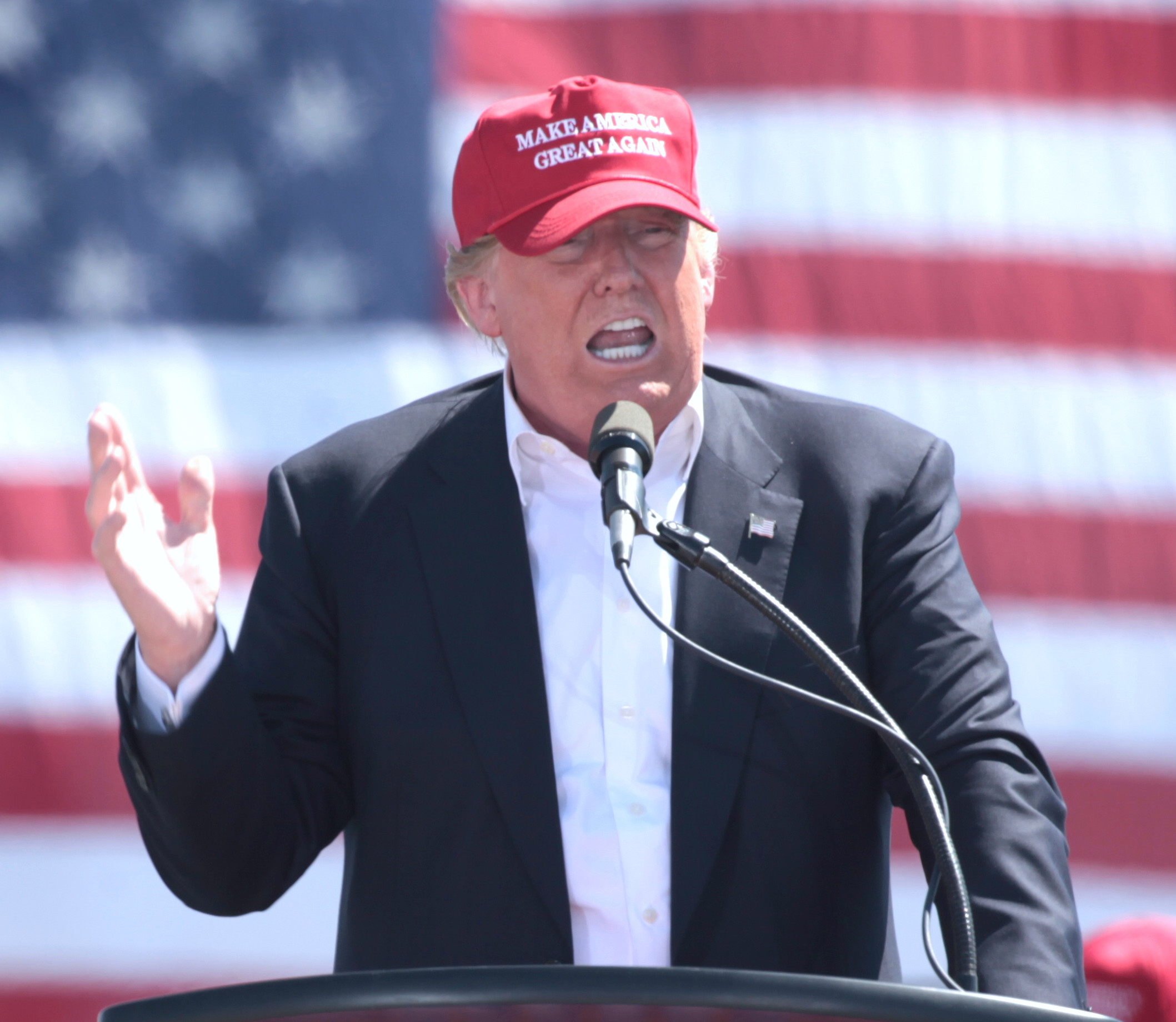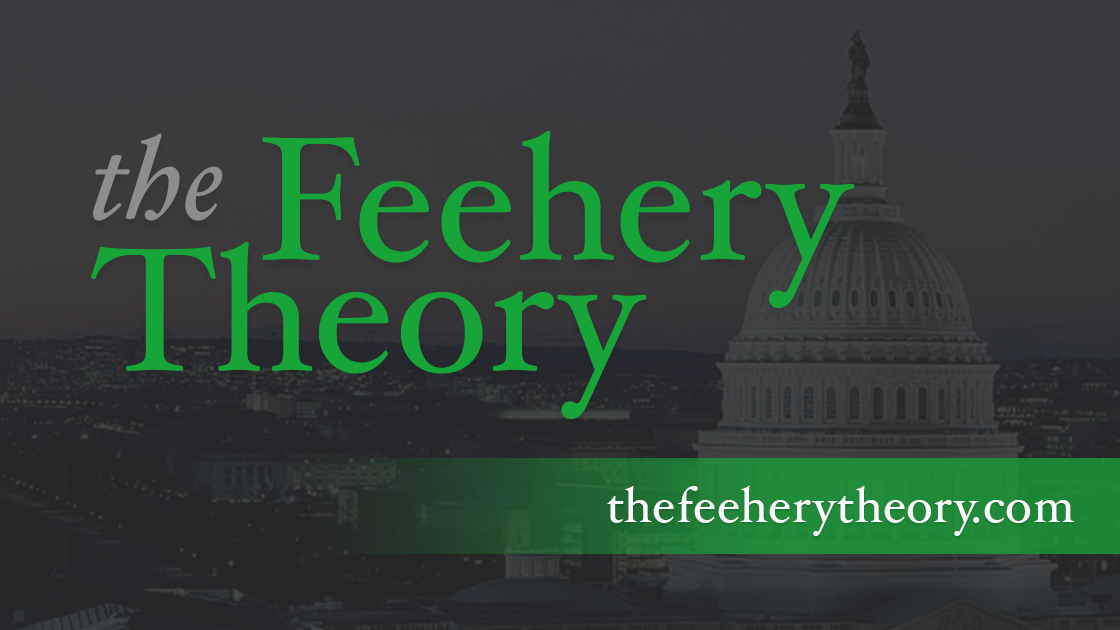Donald Trump’s Media Strategy–and Upending the White House Press Corps
Posted on November 29, 2016

By Gage Skidmore - https://commons.wikimedia.org/wiki/File:Donald_Trump_by_Gage_Skidmore_5.jpg, CC BY-SA 3.0, https://commons.wikimedia.org/w/index.php?curid=48635435
Former White House press secretary Ari Fleisher suggested this week that Donald Trump would confront a hostile press corps when he comes to Washington. “Outsider Donald Trump was elected president in significant part because of his promise to shake up Washington. He’ll soon find that one of the most entrenched forces that object to any change affecting them is the White House press corps. As last week’s meetings with the media showed, a clash is coming.”
That clash is likely to be monumental.
The president has a constitutional duty to allow the media to operate free of government censorship or control. But that doesn’t mean that he shouldn’t communicate directly with voters or otherwise play by his own rules.
Nothing in the Constitution says the president has to meet with the press. No law requires the president to hold press conferences, appear in the White House briefing room, or sit down for interviews.
The First Amendment protects free speech and freedom of the media. But that doesn’t mean that the next White House press secretary will follow Josh Earnest’s example and submit to a daily pounding from the White House press corps.
I saw how press routines could be changed, and how they recovered, when I worked in the House of Representatives.
For years it was tradition, on days the House was in session, for journalists to sit down, with pads and pens, and interview the speaker of the House. Over time Democratic House speakers had grown comfortable with this–and with a largely compliant media.
After Newt Gingrich came to power, his press team decided to invite not only reporters with pens and pads but also to invite in cameras.
Soon Mr. Gingrich was facing “gotcha” questions on camera and making mistakes answering them. His staff shifted course.
When my then-boss Denny Hastert became House speaker, I sought to revive the pen-and-pad tradition. But Mr. Hastert was not all that excited to answer media questions every day, so we did it periodically. Sometimes we went long stretches without opening the chamber to a small media gaggle.
We hadn’t set out with a plan to adapt a House tradition to a structure that we found more manageable. But it worked out that way.
In his Journal column this week, Ari Fleischer noted that the White House press secretary used to decide who was assigned seats in the briefing room but that this authority shifted to the White House Correspondents Association during the Bush presidency. “Nothing prohibits the incoming administration from taking [that authority] back,” he wrote.
If it’s smart, the Trump Team will start experimenting with what works and doesn’t work for their leader.
Maybe it makes sense to have Jason Miller or Laura Ingraham face the White House press corps every day. Maybe it doesn’t.
Maybe Mr. Trump should continue to tweet. They get covered extensively. His tweets are unfiltered and authentic. He shows people what is going through his head. There is real value to that.
Maybe the president should consider giving the media greater access to the rest of the White House (except for restricted areas such as the Situation Room or the residence). Journalists are cooped up in the press area and don’t have the sort of access Hill reporters enjoy.
Maybe Mr. Trump should host a call-in radio show every day so he can communicate directly with voters and, more important, they can communicate to him.
It made headlines recently when Mr. Trump went out to dinner in Manhattan after telling the “press pool” that follows the president-elect that there was a “lid” and not taking any reporters along. Well, just because things were done one way at one time doesn’t mean they’ll continue to be done that way for all time. Things change in schools, science, business, markets–and the media.
Mr. Trump might incur some bad press by changing some traditions. Then again, nobody got more bad press than he did during the campaign–and he still won.
Published in the WSJ.
